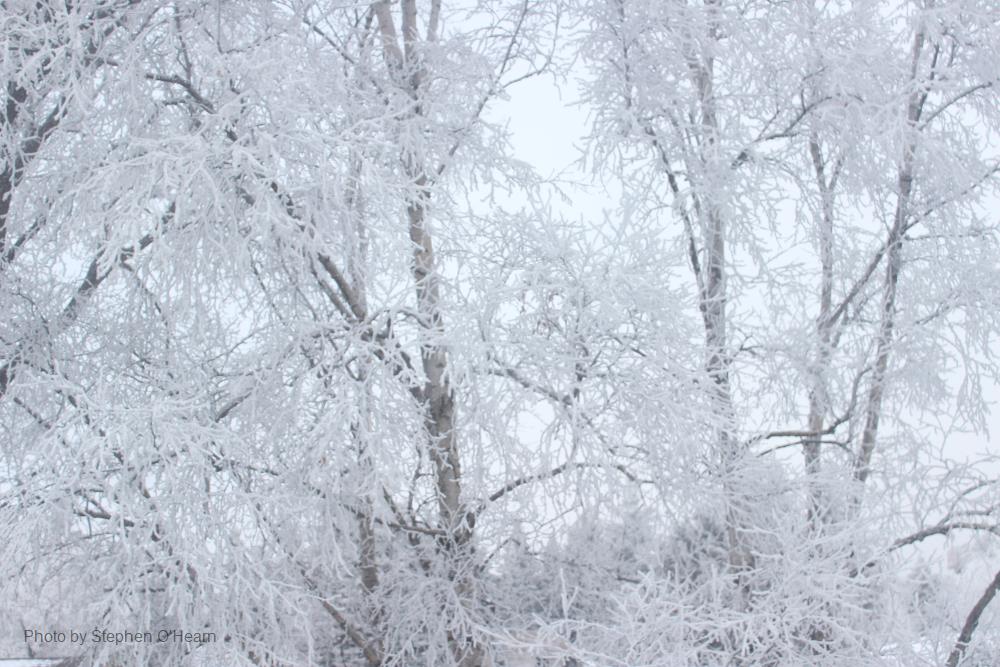
Related items loading ...
Section 1: Publication
Publication Type
Journal Article
Authorship
Lucia Scaff, Andreas Prein, Yanping Li, Adam Clark, Sebastian Krogh, Neil Taylor, Changhai Liu, Roy M. Rasmussen, Kyoko Ikeda, Zhenhua Li
Title
Dryline characteristics in North America's historical and future climates
Year
2021
Publication Outlet
Climate Dynamics
DOI
ISBN
ISSN
Citation
Lucia Scaff, Andreas Prein, Yanping Li, Adam Clark, Sebastian Krogh, Neil Taylor, Changhai Liu, Roy M. Rasmussen, Kyoko Ikeda, Zhenhua Li, 2021: Dryline characteristics in North America's historical and future climates, Climate Dynamics,
https://doi.org/10.1007/s00382-021-05800-1
Abstract
Drylines are atmospheric boundaries separating dry from moist air that can initiate convection. Potential changes in the location, frequency, and characteristics of drylines in future climates are unknown. This study applies a multi-parametric algorithm to objectively identify and characterize the dryline in North America using convection-permitting regional climate model simulations with 4-km horizontal grid spacing for 13-years under a historical and a pseudo-global warming climate projection by the end of the century. The dryline identification is successfully achieved with a set of standardized algorithm parameters across the lee side of the Rocky Mountains from the Canadian Rockies to the Sierra Madres in Mexico. The dryline is present 27% of the days at 00 UTC between April and September in the current climate, with a mean humidity gradient magnitude of 0.16 g−1 kg−1 km−1. The seasonal cycle of drylines peak around April and May in the southern Plains, and in June and July in the northern Plains. In the future climate, the magnitude and frequency of drylines increase 5% and 13%, correspondingly, with a stronger intensification southward. Future drylines strengthen during their peak intensity in the afternoon in the Southern U.S. and Northeast Mexico. Drylines also show increasing intensities in the morning with future magnitudes that are comparable to peak intensities found in the afternoon in the historical climate. Furthermore, an extension of the seasonality of intense drylines could produce end-of-summer drylines that are as strong as mid-summer drylines in the current climate. This might affect the seasonality and the diurnal cycle of convective activity in future climates, challenging weather forecasting and agricultural planning.
Plain Language Summary
Section 2: Additional Information
Program Affiliations
Project Affiliations
Submitters
Publication Stage
Published
Theme
Presentation Format
Additional Information
Modelling-Core, Refereed Publications


 GWFNet
GWFNet Master
Master Data
Data Research
Research Map
Map
 Advanced
Advanced Tools
Tools
 . . .
. . .
 Metadata Editor
Metadata Editor
 Record List
Record List
 Alias List Editor
Alias List Editor
 Legacy sites
Legacy sites